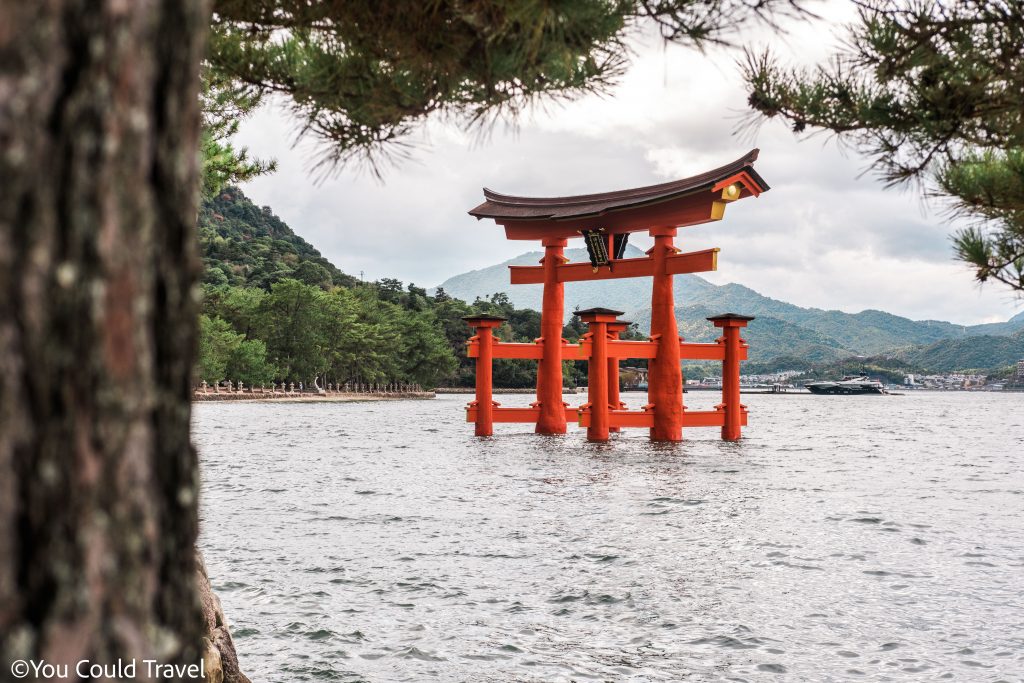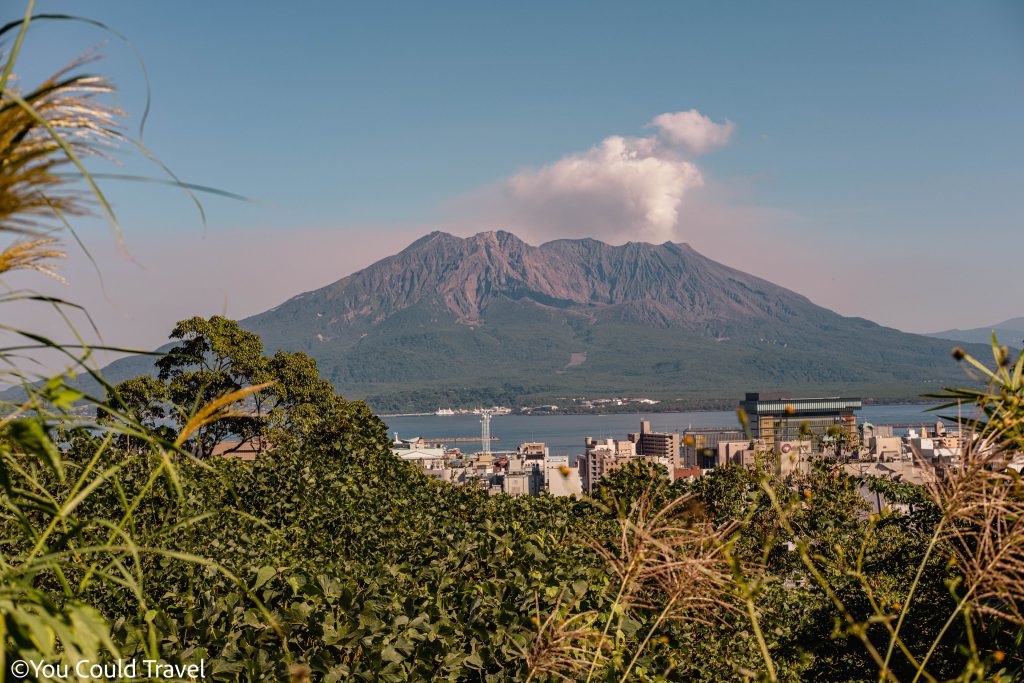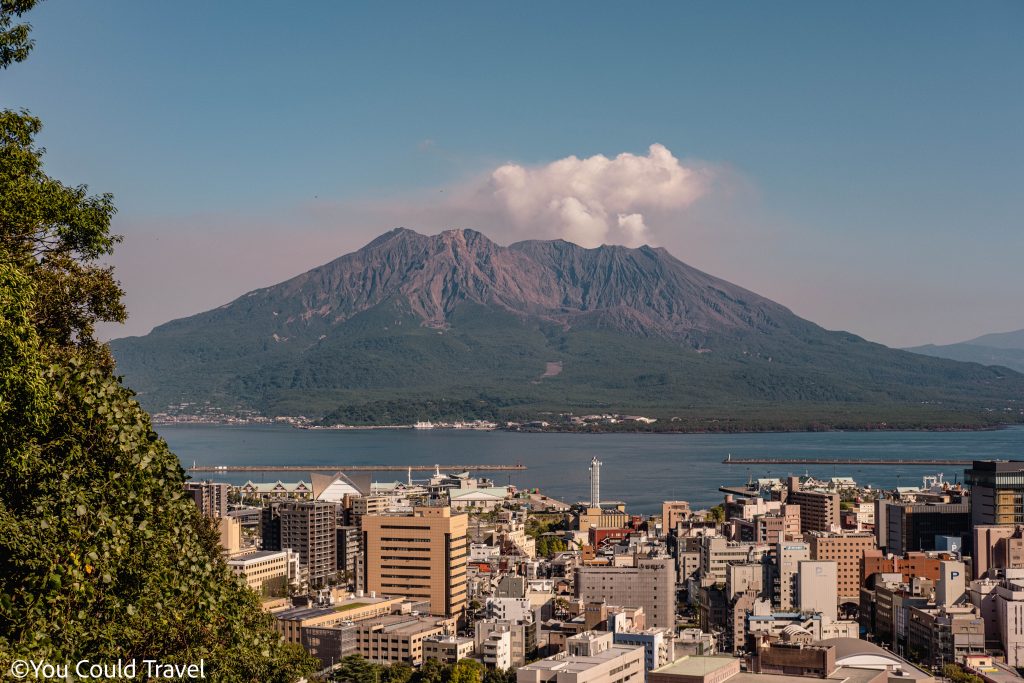Mongolia is known for many things, but you will agree with us that Mongolian food may not necessarily be among the first things that spring to your mind when that country s mentioned. You are probably already thinking about the Siberian Ibex, the Wild Bactrian Camel, the Snow Leopard, or the Gobi Bear.
Mongolia’s extreme weather means that her people have historically been following a diet that consists of meat, dairy products, and animal fats. These are food items critical for sustenance in such brutal conditions. Did you know that Ulaanbaatar, the capital city is the coldest capital city in the world? Yes, temperatures regularly go below -40 degrees!
Just like her people, much of Mongolian cuisine is still a mystery to the outside world. Inevitably, that has led to many misconceptions about Mongolian food, especially how it is typically portrayed in the world of commercial food. While it may not be as rich or as internationally awarded as other cuisines, traditional food from Mongolia should be on your list of things to try when visiting this rather mysterious landlocked Asian country.
Table of Contents
- Recommended Types of Mongolian Food to Try
- Khorkhog, the Authentic Mongolian Barbecue
- Boodog, the Uniquely Mongolian Whole Goat Roast
- Buuz, Steamed and Seasoned Dumpling
- Bansh, the Smaller Sized Fried Dumpling
- Tsuivan, the Traditional Noodle Dish
- The Mongolian Guriltai Shul Soupy Noodles
- Try Qurut or Aaruul, the Dried Cheese Biscuit
- Khuushuur, the Mongolian Fried Meat Pancakes
- Baitsatai Khuurga, the Fried Cabbage
- Airag, Fermented Mare’s Milk
- The Highly-Calorific Orom Clotted Cream
- Five Fingers, the Truly Unique Mongolian Mix
- What about Drinks and Beverages?
Recommended Types of Mongolian Food to Try
The Mongolian people tend to generally veer towards simpler, hearty yet rich meals and are very keen about how they use the available ingredients. Because they are largely meat-eaters, the Mongols don’t have lots of vegetables in their meals. This could, however, also be partly explained by their nomadic way of life. Mongolian food has also felt the impact of Chinese and Russian cultures.
The combination of expansive barren plains and a life that is largely nomadic has contributed to a unique Mongolian culinary tradition. It is largely based on meat and milk, designed to aid travel and survival in the harsh Mongolian steppes. It is in the summer, however, that Mongolian food comes into its own. This is when visitors get a taste of some of the most iconic and traditional Mongolian dishes.
Planning a visit to Mongolia soon? We recommend you visit, or even, stay in one of the traditional Mongolian nomadic tents known as Gers. You will find Gers or Yurts marked as guanz located at regular intervals by the roadside. They also operate as simple and convenient restaurants. We promise you that you will not enjoy a more authentic cultural experience than a communal meal in a Ger.
So, what traditional foods can you look forward to trying out when visiting Mongolia?
Khorkhog, the Authentic Mongolian Barbecue
A traditional food from Mongolia, Khorkhog is prepared using either sheep or goat meat. Many consider this to be the trademark Mongolian food. The meat is cut and placed in a container along with hot stones while the heat comes from an open fire. Vegetables, salt, and pepper are usually added to make a rich stew. The flavours are left for several hours to blend. Read more about Khorkhog on Wikipedia.
This is widely seen as the real Mongolian barbecue and is a staple across this vast country, something you will not want to miss during your tour.
Boodog, the Uniquely Mongolian Whole Goat Roast
Similar to Khorkhog, this is another Mongolian barbecue also prepared using hot stones. However, in the case of Boodog, the hot stones are actually inserted into the carcass of a marmot or young goat itself rather than inside the pot. Yes, read that right! The goat carcass is filled with hot rocks, onions vegetables, and potatoes, and is cooked within its skin.
The meat is then heated simultaneously from the outside, either with a blowtorch or on a barbecue to ensure thorough cooking and also burn off the fur. But how do they do it? The stones used have a smooth surface with the smaller ones going into the upper goat legs and the larger ones placed into the goat’s abdominal cavity. The animal’s neck is closed using a piece of wire.
Boodog is deemed cooked when the skin surfaces begin leaking hot fat. You can experience this traditional food from Mongolia throughout the country, although most restaurants in Ulan Bator often serve a more refined version of the dish.
Buuz, Steamed and Seasoned Dumpling
Buuz is a traditional steamed dumpling from Mongolia filled with either mutton or beef. Usually, the meat is seasoned with garlic, onions, fresh herbs, salt, and sometimes with cumin. The dumplings are usually prepared in large quantities to be eaten throughout the year. And guess what? You can also get to taste Buuz made with horse meat.
If your Mongolian visit coincides with Mongolian New Year festivity, Tsagaan Sar, you will not only notice how popular Buuz is but also get to partake the delicacy. You can safely enjoy your Buuz dumpling as it been cooked on steam and hence gentle on your stomach.
How do you eat Buuz? It’s often eaten by hand and is traditionally served with bread, salads and dipping sauces on the side. We recommend you pair Buuz with beverages such as tea or vodka.
Bansh, the Smaller Sized Fried Dumpling
Want something different from roast? Mongolia doesn’t disappoint. Go for Bansh, another type of dumpling. The main difference from Buuz is that these are much smaller, sometimes small enough to be consumed in one bite.
Generally, these fried dumplings are served in three ways: in milk tea with rice known in Mongolian as Banshtai Tsai, in a soup known as Banshtai Shol, or steamed known as Jeegnesen Bansh.
If in Ulaanbaatar, we suggest you try Agnista, a vegan restaurant that has quality fried dumplings that will leave you licking your fingers!
Tsuivan, the Traditional Noodle Dish
Ever heard of meat noodles? You are probably more familiar with wheat-based noodles. Well, welcome to Mongolia. Tsuivan is a uniquely Mongolian noodle dish usually prepared with mutton mixed with a variety of vegetables. Traditionally, the noodles are made by hand and then cooked or steamed together with diced mutton and vegetables. Sometimes, mutton is replaced with camel, beef, and even horse meat. The vegetables typically used include cabbage, potatoes, carrots, onions, and peppers.
You will find people enjoying this traditional food from Mongolia throughout the country although the taste can vary widely depending on the maker and specific ingredients. Its best served when freshly prepared with a sprinkling of scallions. Many locals love smothering Tsuivan in ketchup for more “flavour”.
In the capital Ulan Bator? Why not pop into a traditional Mongolian restaurant such as Taliin Mongol and CCCP and get a taste of this Mongolian food.
The Mongolian Guriltai Shul Soupy Noodles
Want to try another version of noodles? Why not go for Guriltai shul? This dish is very tasty as the noodles are usually handmade and served fresh. Basically, this is mutton soup served with noodles accompanied by veggies. The authentic Mongolian recipe calls for rather fatty meat, although loin meat may also do quite well.
What does this traditional food from Mongolia taste like? The acidity of the noodles soup, which is often prepared with curd skimmed made from yak’s milk, combined with the rawness of the mutton makes it an extraordinary appetizer!
Try Qurut or Aaruul, the Dried Cheese Biscuit
This is a favourite among all Mongolians and you may want to try it. It is made of sour drained, milk that has been left in the open to dry. It’s then served as a snack or kind of dessert. The milk may be from cows, camels, or yaks. Because the curds have been left to dry in the sun, they end up very hard and can keep for months which also means you suck them rather than bite.
What about the taste? They are understandably salty and sour, making them a unique Mongolian food that you will truly enjoy. For the Mongolians, they are essential for survival on the harsh steppes.
Khuushuur, the Mongolian Fried Meat Pancakes
Also known as Huushuur, this is comparable to the western world’s meat pancakes. The Mongolian Huushuur is, however, meatier flavoured with onion and salt then deep-fried in oil. Depending on the specific recipe, the taste of Khuushuur differs from place to place. You can buy or eat Huushuur at most restaurants and food courts in Mongolia. These deep-fried meat pancakes are a key dish during the Mongolian national holiday of the Naadam Festival.
Baitsatai Khuurga, the Fried Cabbage
What if you just love purely vegan dishes? Baitsatai khuurga, which means “fried cabbage” is a good choice. In Mongolia, cabbage is among the few vegetables that thrive fairly easily in the harsh climate. This obviously explains its popularity.
Other common vegetables found in traditional food from Mongolia are potatoes, carrots, onions, and garlic. Talk or ask for anything else in Mongolia besides these veggies and you will be looked at strangely, unless, you are in the capital city, Ulaanbaatar. Usually, fried cabbage is eaten with bread or rice or bread, but you may want to try it with your favourite meal.
Airag, Fermented Mare’s Milk
You got that right. Mare’s milk is a food item in Mongolia. But let’s speak the truth; it’s more of an alcoholic food drink than a meal item per se. Airag is mare’s milk that has been fermented. It has been a popular alcoholic beverage for Mongolian nomads from the times Genghis Khan roamed the Himalayas.
New to Mongolian cuisine? Then consider going slow on this food drink. We are not disputing its nutritional value but the taste can easily put you off. Let’s prepare you in advance! If you are planning on staying with a Mongolian family, most hosts typically offer this unique Mongolian food item. Because it may be rude to decline, its best to drink up, or even better, sip up.
Although some nomads still drink the original version of Airag, modernization has turned it into vodka now. And guess what? This ensures you can get it more quickly.
The Highly-Calorific Orom Clotted Cream
A dessert worth trying when in Mongolia is Orom or clotted cream. This is a rich, highly-calorific cream made from milk from animals such as goats, cows, and yaks. Each type of milk has its own specific flavour; the yak being more aggressive in flavour while the goat Orom is more sweet and subtle. Just like yoghurt or ice cream, Orom can be spread over bread or eaten during breakfast or as a dessert.
Five Fingers, the Truly Unique Mongolian Mix
Our traditional food from Mongolia recommendations would be incomplete without Five Fingers. But what is Five Fingers? This uniquely Mongolian food is prepared by boiling all the internal organs of the animal, mostly goat or sheep. Just what parts are boiled? Everything from the stomach, head, ribs, heart, liver, heart to the legs. The meal should be eaten using your hands, hence the unique name “Five Fingers.”
We know that weird mix might not sound so palatable, but wait till you try it. Yes, the taste may be strange at first but you will learn to enjoy this unique dish after several tries. Specific parts of the meat are usually allocated to each family member depending on their importance. This will surprise you! The guest of honour gets to enjoy one of the most nutritious body parts, the eyeball.
Complete the experience by eating Five Fingers underneath a traditional Mongolian tent or a Ger. This will not only be a unique experience but it will expose you to how Mongolian hunters lived many years ago.
What about Drinks and Beverages?
Mongolians drink tea big time. A meal in Mongolia will almost never start until after a cup of tea. They believe it aids digestion. Süütei tsai, is one example of a classic Mongolian drink. You won’t believe this but this is milk tea with salt. The taste of this amazing beverage varies by region; for example, in Bayan-Ölgii, it’s known as Khar tsai served without milk (black tea) and could even include a dollop of butter.
In Mongolia, alcoholic drinks are always close by. And be alert, Mongolians can literally drink you under the table in case you challenge them. Meals in this vast country occasionally get interrupted by a round of vodka. You will also enjoy a special ritual observed when drinking in Mongolia. Before you take a swig, there’s a short ritual that honours the sky gods and the world’s 4-cardinal directions.









Leave a Reply